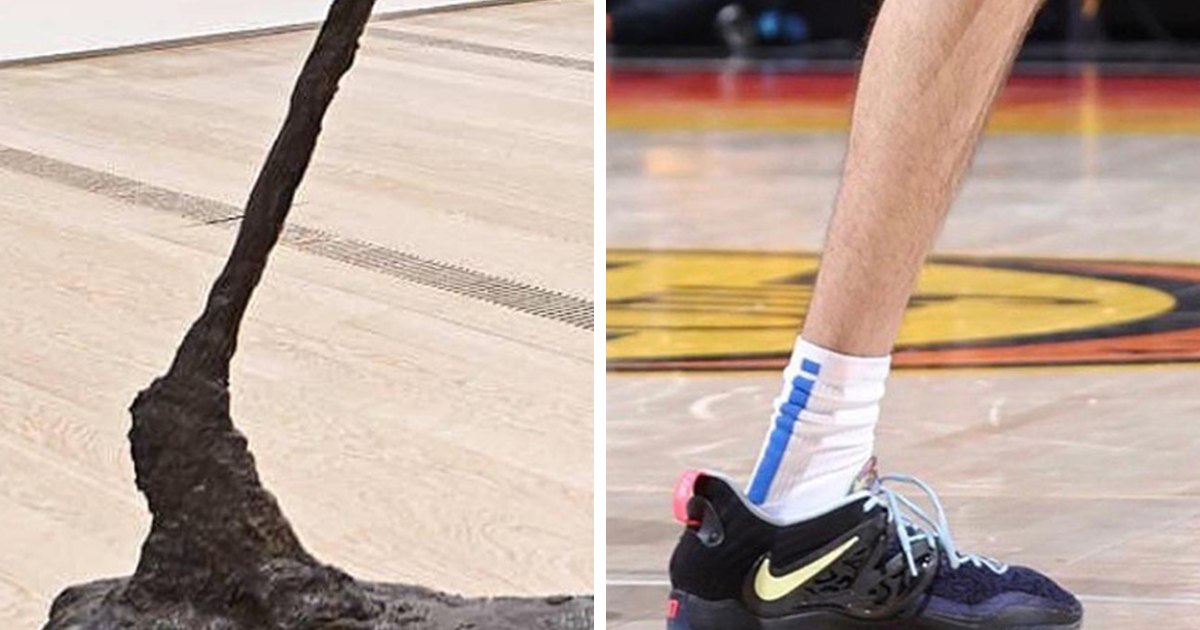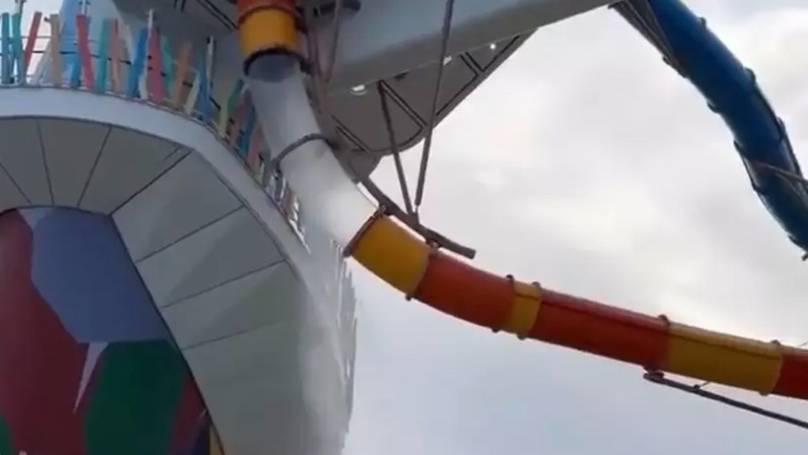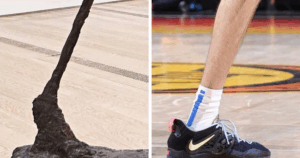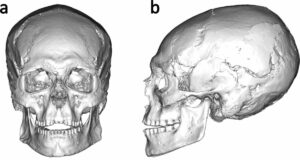ADVERTISEMENT
ADVERTISEMENT
In a groundbreaking discovery, archaeologists in Indonesian Borneo have identified evidence of a successful life-saving procedure performed on a young hunter-gatherer 31,000 years ago, making it the earliest known intervention of its kind, predating the next example by 24,000 years. The individual, having had their lower left leg removed, remarkably survived, suggesting a level of care and social cooperation in prehistoric societies. This aligns with Margaret Mead’s assertion that a healed fractured femur signifies civilization, as it indicates that the person was valued and cared for during their recovery. This find reshapes our understanding of compassion in ancient communities.
Hidden within the forests of Guzeripl Reserve lies one of Russia’s largest ancient dolmens, a remarkable 6,000-year-old structure carved from a single megalithic block. Its distinctive circular opening is a feature common to other dolmens, yet its true purpose remains elusive. Scholars are divided, with theories ranging from it serving as a tomb to fulfilling a ritualistic or technological role. The precision with which an ancient civilization shaped and transported such massive stones raises intriguing questions about their capabilities and knowledge. The mysteries surrounding this dolmen continue to captivate researchers and history enthusiasts alike, keeping its secrets locked away in time.
Pages: 1 2 3 4 5 6 7 8 9 10 11 12 13 14 15 16 17 18 19 20 21 22 23 24 25 26 27 28 29 30 31 32 33















